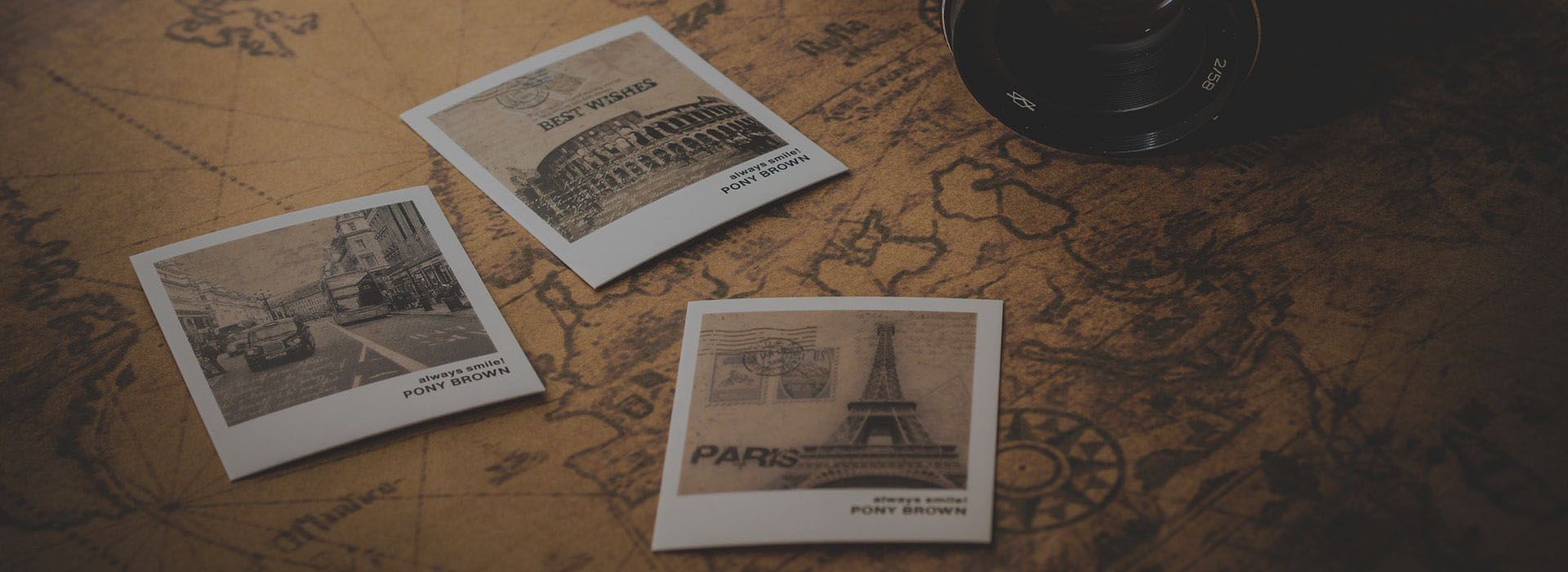Hebei
Literally translating as “north of the Yellow River “ and only a stone’s throw into the country side from the nation’s capital Beijing, Hebei Province is filled with hidden treasures that are often not well known due to the attention that its high profile neighbour demands. With a population of 70 Million people, Hebei Province first enjoyed a heightened profile in the 1920’s with the discovery of the Zhoukoudian or Homo erectus, the precursor to modern day Human Beings. Bones found at the sit in Hebei may date back as far as half a million years. Hebei is most well known as the home of Chengde – once the Summer Residence and Mountain Resort of the second Qing Emperor in the early 1700’s.
Shijiazhuang
Shijiazhuang is the provincial capital of Hebei Province and has developed from a relatively small village to the city it is today in a little over 100 years. The key to the rapid growth lays in the development of the railway networks of Northern China. The city boasts a pleasant environment with limited sightseeing. Highlights include the Hebei Provincial Museum and Zhaozhou Bridge, China’s longest standing bridge over 1400 years old.
Hebei Provincial Museum
Hebei Provincial Museum’s exhibitions include prehistoric pottery, bronze artifacts, Buddhist statues and excavations from the Western Han Tombs.
Revolutionary Martyr’s Mausoleum
Located in one of the Hebei’s parks, the Revolutionary Martyr’s Mausoleum is dedicated to the communist martyrs that served in the WWII against Japan. One of the martyrs, Norman Bethune, a Canadian doctor, was mentioned by Chairman Mao – “We must all learn the spirit of absolute selflessness from Dr Norman Bethune”.
Zhengding
Just north of Shijiazhuang, Zhengding is an ancient town which has been nick-named the town of “nine towers, four pagodas, eight great temples and 24 golden archways”. Zhengding is famous for its monasteries and the best example of this is Dafo Temple, built nearly 1500 years ago.
Yujiacun
Located in the hills near the border of Hebei and Shanxi Province, Yujiacun is a small village which has some unique properties. The streets, the houses and even the furniture were originally made from stone. Over 90% of the town’s inhabitants share the same surname, Yu. Enjoy a stroll through the cobble-stoned streets of this model village.
Cangyan Shan
A two-hour drive from Shijiazhuang, Cangyan Shan is the site of the Hanging Palace, a temple complex built half-way up a gorge. View pagodas, shrines and the impressive surrounding canyons.
Chengde
Located 250km North East of Beijing, is an 18th Century resort boasting the remnants of the largest Royal Gardens in China. In 1703 Emperor Kangxi developed Chengde as his Imperial Summer villa, which is the size of Beijing’s Forbidden City and Summer Palace combined. The architecture of Chengde includes examples from minority cultures and promoted Tibetan and Mongolian Lamaism. Chengde is included in the UNESCO World Heritage listing and it has been restored to its former glory.
Jimingyi
Located only 150kms from Beijing, Jimingyi is a rural village which is the oldest remaining post station in China. During the Ming and Qing Dynasties, numerous temples were built and many of these can still be seen today.
Shanhaiguan
Shanhaiguan is the point where the Manchu’s penetrated the Great Wall and made their way south to establish the Qing Dynasty in Beijing. Shanhaiguan means ‘The pass between the Mountain and the Sea’.
First Pass Under Heaven
Only a short distance from Beidaihe is the eastern end of the Great Wall of China. The ‘First Pass under Heaven’ is a well-preserved section of the Great Wall attached to a huge gatehouse.
Great Wall Museum
Learn more about the fascinating history of one of the most famous man-made structures of mankind.
Beidaihe
China enjoys a huge coastline but there are very few areas with the exception of Hainan Island. Beidaihe was discovered as a resort town by British Railway engineers working in the area in the 19th Century and soon became popular with those wanting to escape the summer heat of Beijing. The foreign influx built designer Villa’s many of which are still on show today. The Chinese communist party used Beidaihe for its annual summer conference for many years up until recent time.


